How to build a formal pond | Formal garden pond ideas
What is a formal pond?
A formal pond is a feature whose overall shape is as important as the water and what lies within it. The most usual shape for a formal pond is regular and geometric squares, rectangles, circles or ovals, for example - and the lines are clear cut and the edges unmasked by tumbling plants. Such a pond is usually part of a formally designed garden, and its shape plays an important part in the design and layout of the garden as a whole, reinforcing the symmetry of the scheme. Such a pond usually, but not exclusively, has a hard surround, such as paving. Sometimes a formal water feature is not conventionally 'pond shaped' but takes the form of a rill, a long, narrow strip only about 15cm (6in) wide. A rill may be straight or curved, perhaps into a spiral.Shapes for formal ponds
Because formal ponds usually have paved edges, they tend to be regular, geometric shapes. A formal pond can also, however, be L-shaped or be a long, narrow canal or rill. Regularly serpentine ponds, provided they are edged with stones or paving, are also appropriate in formal gardens. If you choose an irregularly shaped pond for a formal garden, make sure that it looks as if it has been planned and not arrived at by accident. Emphasize the shape with a careful choice of edging material and marginal plants.What kind of setting is best for a formal pond?
formal pond will always look best in a formal setting. Such gardens are generally laid out on a symmetrical basis, but even when the setting is irregular, there will be a cleanliness of line that can be seen as formal.The garden is often reduced to a minimum, with only a little planting, such as low box hedges and tightly clipped trees or bushes at regular intervals. Rhythm plays an important part in a formal garden, and even in the pond the planting is controlled, perhaps by being limited to symmetrical plantings of a single species in each corner. It would also be possible to have a formal pond in one section of the garden, perhaps designed as a formal courtyard that is screened off from the rest of the garden, which is generally rather more informal in character.
Materials for formal ponds
A formal pond will typically be built of concrete, which is ideal for square and rectangular ponds and for rills. Butyl liners are often used for oval and round ponds, which are difficult (although not impossible) to build with concrete.Is a minimum depth of water necessary in a formal pool?
A formal pool is usually of an even depth across the width and length. If marginal planting is to be included, ledges may be built around the edges to vary the depth so that plants requiring different depths can be used. Formal pools are not usually very deep, but if you are using a liner aim for a depth of 60-90cm (2—3ft) so that the liner is not visible.Which plants can l include in a formal pond?
The key to a formal pond is to keep the planting restrained and limited to just a few species. The plants must not obscure the shape of the pool nor completely cover the surface, unless plants of the same height, such as waterlilies, are allowed to spread over the water. The plants are usually set out in a regular pattern, such as in the corners, or at fixed intervals down the length of the pool. Sometimes a single cluster of plants is all that is required. As with the shape of the pool, the planting should be crisp and clear cut. A few low plants, such as waterlilies, contrasted with a few vertical ones, such as irises or reeds, will be most successful. Plants like hostas and ferns, with gracefully arching leaves, can be used in pots around the pool rather than in it, but they should be positioned so that they do not obscure the lines of the pool and allow its formality to be lost.Plants for a formal pond
When you are planting a formal pond, select one or two species and space them carefully to emphasize the overall shape and lines of the pond. The depth indicated is the depth of water above the growing point, not the overall depth of the pond.• Acorus calamus (sweet flag, myrtle flag): 23cm (9in)
• Butomus umbellatus (flowering rush): 5-40cm (2—16in)
• Eleocharis acicularis (hair grass): submerged
• Glyceria maxima var. variegata (syn. G. aquatica var. variegata; variegated water grass): 15cm (6in)
• Iris laevigata: 8-1 Ocm (3-4in)
• Nymphaea cvs. (waterlily): various
• Peltandra sagittifolia (syn. P. alba] white arrow arum): 5-8cm (2-3in)
• Saururus cernuus (water dragon, lizard's tail): 10-15cm (4-6in)
• Schoenoplectus lacustris subsp. tabernaemontani 'Zebrinus' (zebra rush): 8-15cm (3-6in)


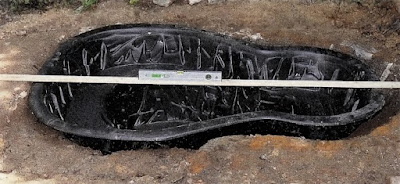



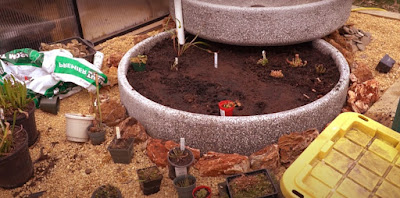


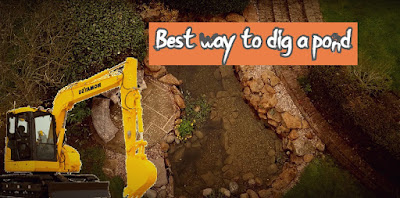
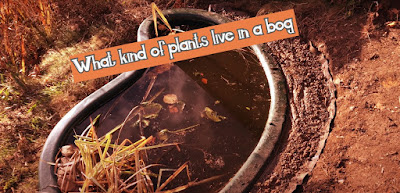
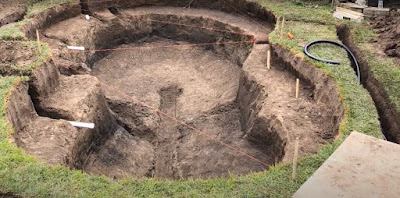
Comments
Post a Comment